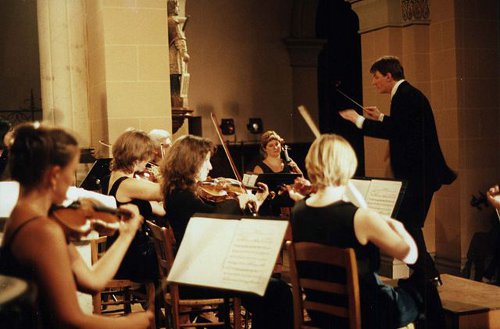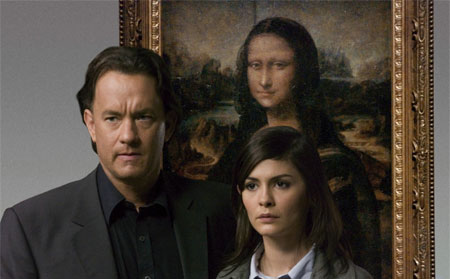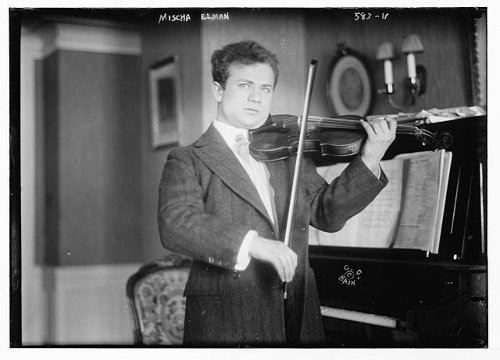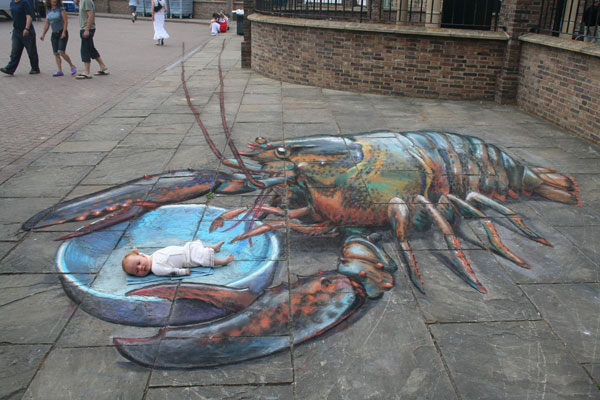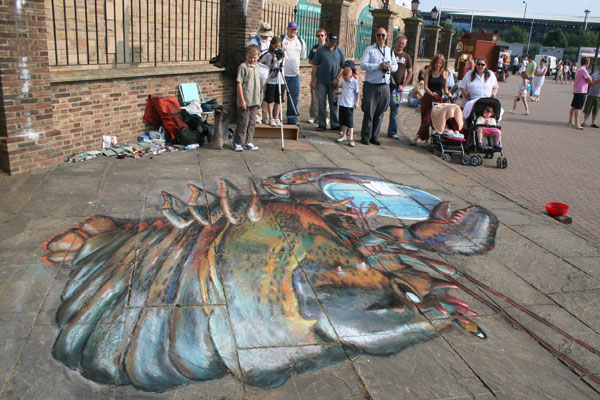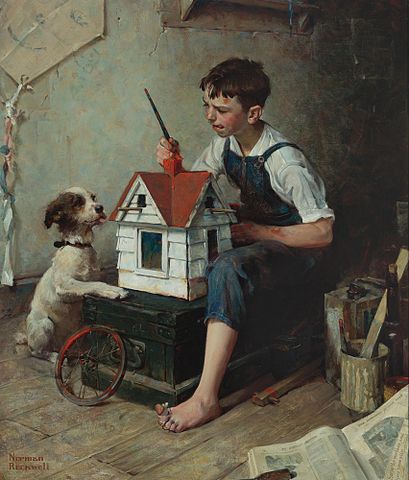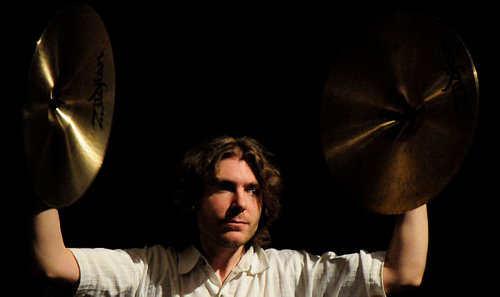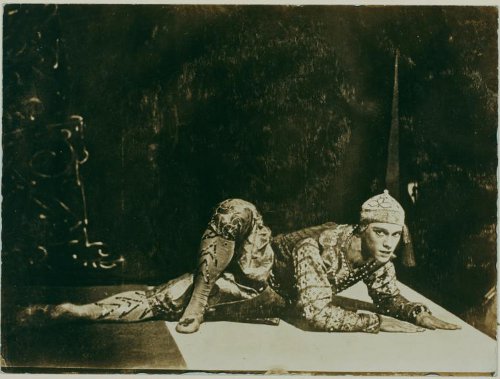
Vaslav Nijinsky spent the last years of his life in a Zurich asylum. After returning from an American tour in 1917, he retreated to Switzerland, where his wife began to notice disturbing changes in his behavior. He grew impulsive, took long walks alone, and wrote obsessively in a diary:
I am feeling through the flesh and not through the intellect. I am the flesh. I am the feeling. I am God in flesh and feeling. I am man and not God. I am simple. I need not think. I must make myself felt and understood through feeling. Scientists think about me and break their heads, but their thinking will not give any results. They are stupid. I speak simply without any tricks.
The world was made by God. Man was made by God. It is impossible for man to understand God, but God understands God. Man is part of God and therefore sometimes understands God. I am both God and man. I am good and not a beast. I am an animal with a mind. I am flesh but I do come from flesh. God made flesh. I am God. I am God. I am God. …
Finally psychiatrist Eugen Bleuler pronounced him insane. “I retired into myself,” Nijinsky said. “I retired so far that I could no longer understand people.”

